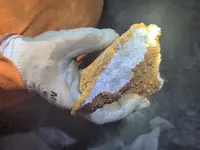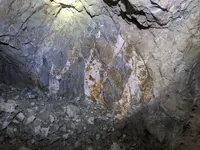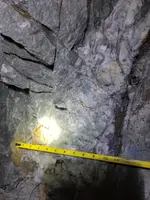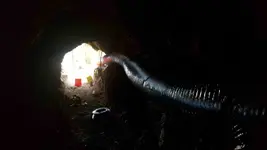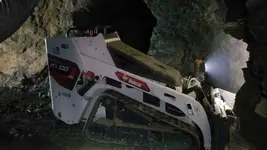HardRockNM
Jr. Member
- Joined
- Nov 8, 2020
- Messages
- 46
- Reaction score
- 105
- Golden Thread
- 0
- Location
- New Mexico/Arizona
- Primary Interest:
- Prospecting
We know some of the same people then - our new consumables (those not acquired in trade or as payment) are largely purchased from F&H. The industry is ramping back up in a major way in Arizona, and indicators are that New Mexico may follow.I worked for Tamrock from 1986 to 1992. In those years the company aquire Drilltech which made large DTH drills and then Eimco which I was the parts person for in Denver. Eimco still supported a fair amount of 12Bs and larger over shot muckers in those years. Later Sandvik bought every out and that's when I left the company and went to work for Brunner & Lay throughout most of the 90s covering COLO,.AZ, NM, UT & NEV. Those were very active years with small to large underground mines. In the last 23 years I've been with BTE which merged with Midwest rockdrills and F&H Mine Supply. I threw in my hat this month to retire, Though my old employer who owened BTE had a falling out with the Midwest bunch and has started a new company with ownership under his wife to avoid any agreeing terms with MW. He's wanting me to join in with that operation now. Who knows maybe I'll continue on. It's been a long road for me involved in the mining business which all began in 1977 where I started out as a miner when I was just 20 years old, hanging wire & bolts with a genuine GD-S83.
That's a genuine GD S83 in the third picture, though it's been refurbished with F&H components (new D-handle, NY head, and I believe pawls and a chuck liner at least) in the last year.
Puzzling through the EIMCO/EJC/Tamrock/Sandvik changeovers has been a bit confusing. To my eye at least, some machines stayed largely the same but received new model numbers. The 2-yard I'm primarily looking at is a 922, but I'm concerned about documentation, parts availability, and that funny center oscillation system. An old EIMCO engineer I know reported numerous tip-over incidents with 921s at Homestake during initial testing.



